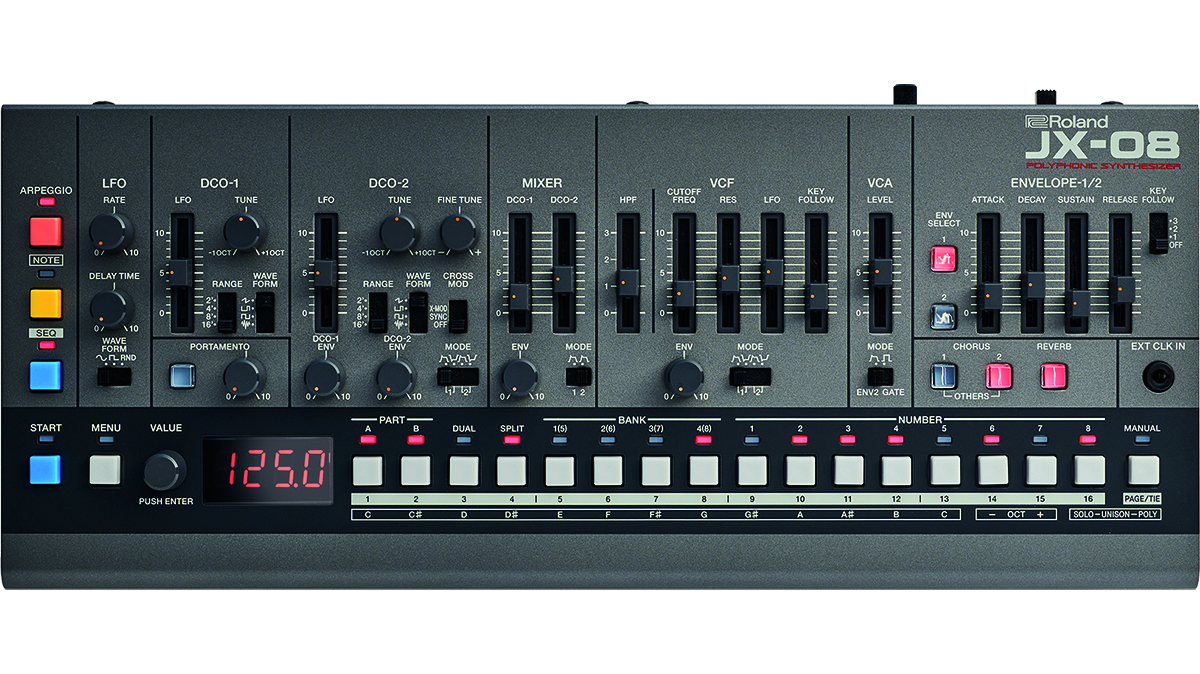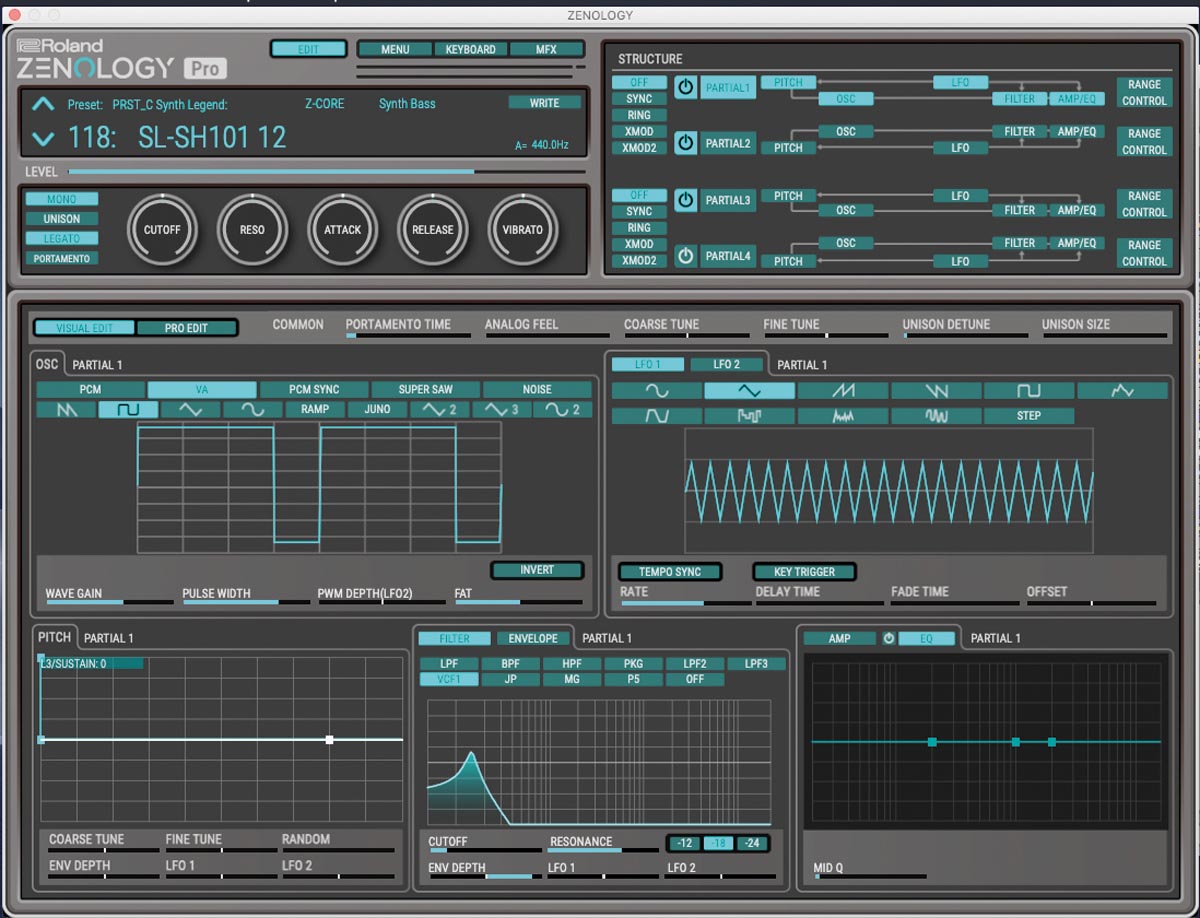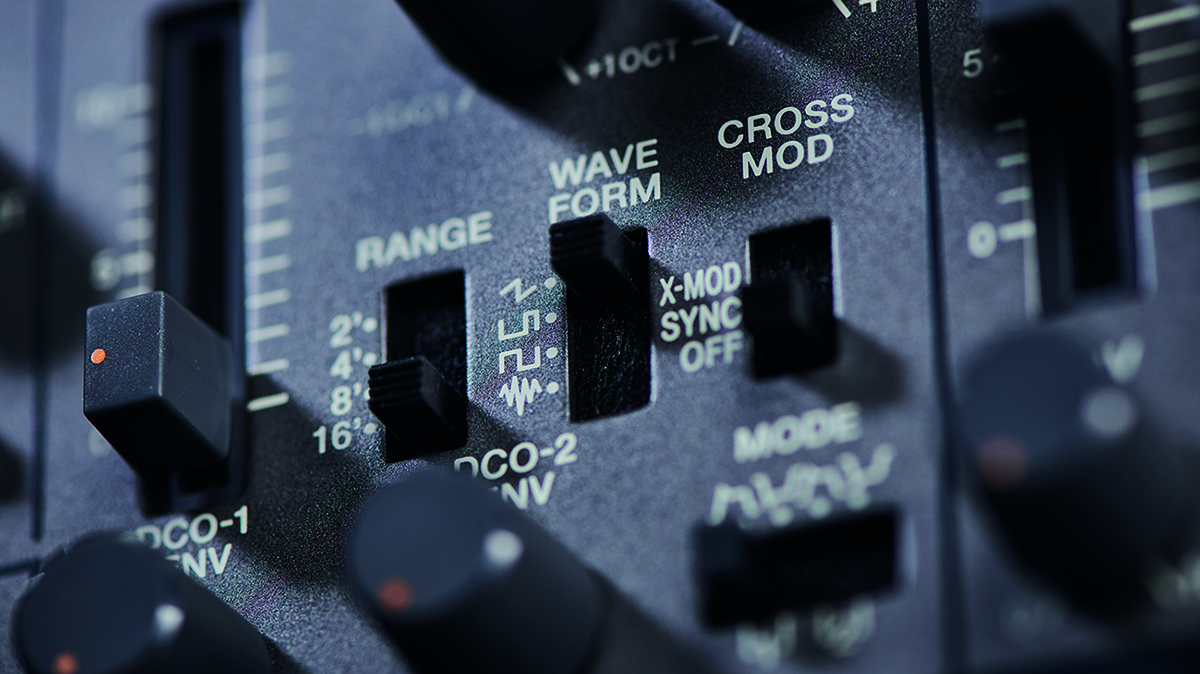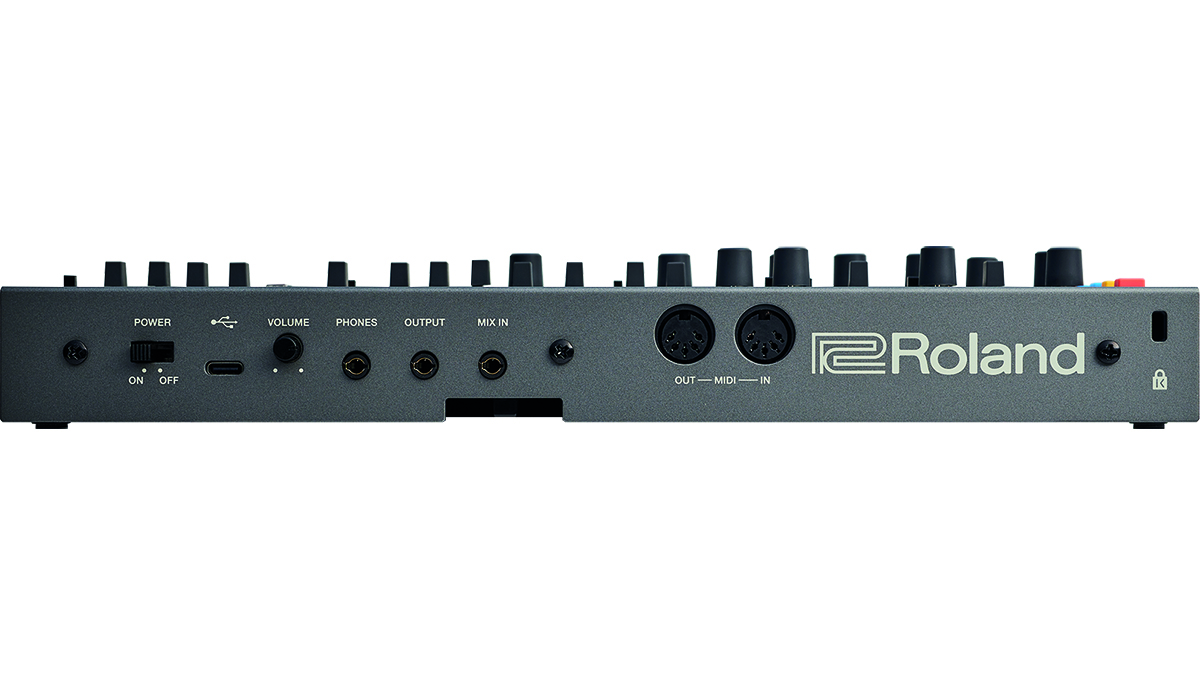MusicRadar Verdict
Not the best all-purpose analogue-style synth, but the JX-08 has its own sound and is a worthy addition to the Roland Boutique family.
Pros
- +
It’s more than just a direct digital recreation of the original JX-8P.
- +
Portable – using batteries and the built-in loudspeaker.
- +
Increased polyphony and layering take it closer to the JX-10 sound.
Cons
- -
The small controls are quite fiddly.
- -
Both envelopes share the same controls, making detailed patch editing frustrating.
- -
New features don’t include Pulse Width Modulation.
MusicRadar's got your back
Roland JX-08 Sound Module: What is it?
Other manufacturers may borrow design ideas from classic hardware synths, but Roland continues on a software-based approach to resurrecting its past glories.
In computer terms, these are covered by a host of plugins available as part of the Roland Cloud system. However, the DSP behind them has made its way into hardware products (and vice versa) in the shape of its Boutique, AIRA and X ranges.
Here we have the JX-08, a standalone synth based on the JX-8P from 1984. It comes in the now-standard Boutique desktop housing, which can be mounted in a tilting dock or bijou 25-key housing. However, the synth requires neither of these to work.
You will need to consider your power options, as whilst batteries might be fine when you’re out and about, in the studio you’ll want to connect a computer or separate power supply via the USB-C port. When connected to a computer USB port this also carries audio and MIDI, though there are also analogue stereo output headphone (and mix input) mini-jacks on the rear. It’s also good to see Roland sticking with full-size MIDI sockets as well.

Roland JX-08 Sound Module: Performance and verdict
The front panel comes laden with a host of sliders, buttons and simple LED display, and loses the two modulation/expression touch-sliders found on the, now discontinued, JP-08 and JX-03. There’s also an analogue clock input. As expected styling is in line with the original.
When the JX-8P was introduced it was pitched as an upgraded version of the earlier JX-3P. Like the 3P it had two DCOs per voice and six-voice polyphony. Unlike the more affordable Juno range, the dual DCO architecture allowed for a potentially wider range of tones, especially once you start to employ oscillator Sync and Cross-modulation (which in the JX-8P was a form of amplitude modulation).
Just to remind you, DCOs are not digital oscillators, rather ones that are digitally controlled, and therefore remain very stable in terms of pitch (unlike their unruly VCO precursors).
Want all the hottest music and gear news, reviews, deals, features and more, direct to your inbox? Sign up here.

• Roland Zenology Pro
The Zenology plugin included models of a number of Roland’s classic hardware synths including the JX-8P.
• UVI UVX-10P
UVI have been capturing the sound of a massive range of synths to add to their sample-based instrument libraries. UVX-10P includes sound from the JX-10, MKS-70 and JX-8P.
• u-he DIVA
A great all-round virtual analogue with custom modules for recreating the architecture and sound of many classic hardware designs.
This was certainly regarded as a good thing at the time – especially on stage – but did lend them a reputation for a more clinical/predictable sound. However this is somewhat unfair, and certainly didn’t stop the Juno-6/60/106 from becoming classics.
Each DCO can output one of three waveshapes, and they can be tuned/detuned across a wide range. There are independent pitch modulation controls for each oscillator (by one of the envelopes), with the mix balance between the two also offering this kind of modulation.
Although, whilst the single LFO can be used to modulate pitch of each DCO, there is no PWM (Pulse Width Modulation) option. This was, and is, seen as being the biggest omission from JX-8P architecture, though the stereo chorus (derived from, but not exactly the same as the Juno’s) helps deliver an extra layer of warm fuzziness.
The other omission on the JX-8P was more noticeable in a visual sense – there were few physical controls. Perhaps both to cash in on the vogue for digital synthesisers (like the DX7) and to save money, the JX-8P had a series of membrane-style buttons for parameter access. Luckily an external programmer (the PG 800) could be plugged in and placed on top of the synth for more direct hands-on control.
A similar system was found on the JX-10, which was incidentally Roland’s last true analogue polysynth (and employed two voice boards based on the JX-8P’s) and remains a firm favourite of ours.
So what does the JX-08 bring to the table compared to the original, and is it a viable alternative?
Unlike the limited-edition Boutique Jupiter-8 module, which had a reduced polyphony compared to the original, the JX-08 can play up to 20 simultaneous notes, meaning that even when used in a patch layering configuration it can still avoid cutoff notes.
You’ll also find an expanded effects section which goes beyond the two simple chorus choices of the ’80s hardware and includes different chorus types as well as delay, reverb and other effects. Roland has seen fit to throw in arpeggiator and sequencer functionality as well.

Hidden in the settings menu (accessed through various button presses and knob twists) it is also possible to allow the various controls to go beyond their original ranges, adjust the so-called ‘condition’ of the unit (a type of artificial ageing), and even specify three different types of low-pass filter.
On the latter point, the manual is rather vague, but at least one of these options is more Moog-like in character. These extras are certainly welcome – and take this someway beyond the original – so we can’t help thinking that some way of adding Pulse Width Modulation would have been a nice addition.
Sound-wise, and with chorus disengaged, it is very close to that of our JX-10, and capable of rustling up a range of tones broader than some of the Rolands of the era.
The main frustration, besides the small size of the controls, is the lack of dedicated sliders for the two envelopes, which makes programming frustrating at times. Otherwise, this is another welcome addition from Roland.
MusicRadar verdict: Not the best all-purpose analogue-style synth, but the JX-08 has its own sound and is a worthy addition to the Roland Boutique family.

Roland JX-08 Sound Module: The web says
"It’s a cracking synth which does what the Boutique range does best, bringing a vintage classic up to date and opening up its creative potential at a very reasonable price point."
JunoDaily
Roland JX-08 Sound Module: Hands-on demos
RolandChannel
Glenn Main
sonicstate
Alamo Music Audio Lab
Roland JX-08 Sound Module: Specifications
- KEY FEATURES: 2-part multitimbral, 20 voices, 2 x DCO per voice with cross-modulation and hard-sync + Independent pitch modulation from LFO and envelope. Variable low-pass filter + fixed/switched high-pass filter. 2 x ADSR Envelope. LFO with delay. Effects. Arpeggiator and step sequence. Audio & MIDI via USB, MIDI DIN In/Out, External Clock input. Battery or USB power. Built-in speaker.
- CONTACT: Roland
